The project, Rearia, aims to offer the hearing aid users an convenient way to listen to music with their phone or any music player. It is very easy to use - just paste them to the ear hooks of the hearing aids. Unlike the common assistive products, we are trying to make its style colourful and corresponds with various lifestyles. #Disability #Product Design
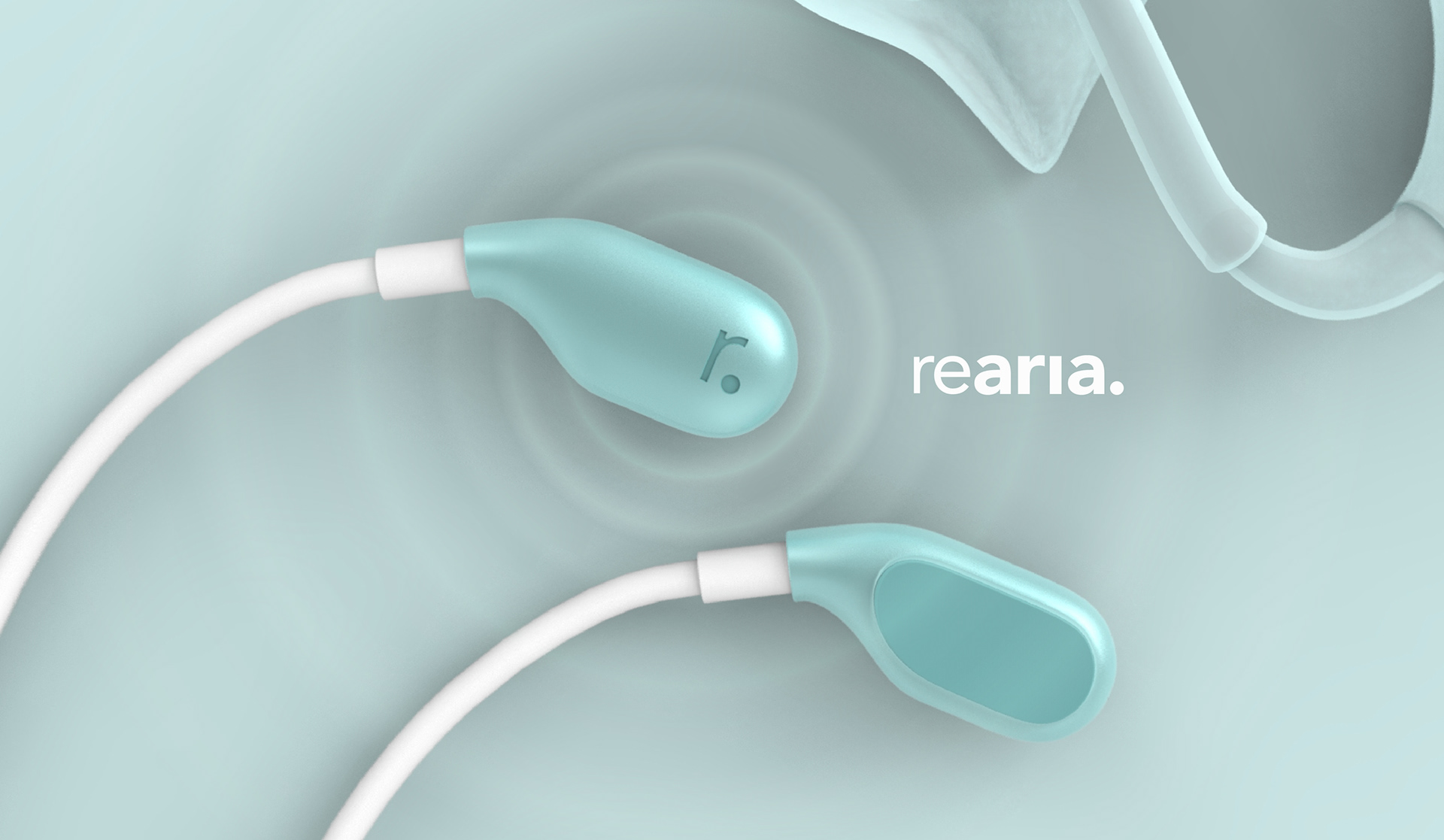
Small Problem, Big Issue.
Small Problem: Difficulty in Listening to Music
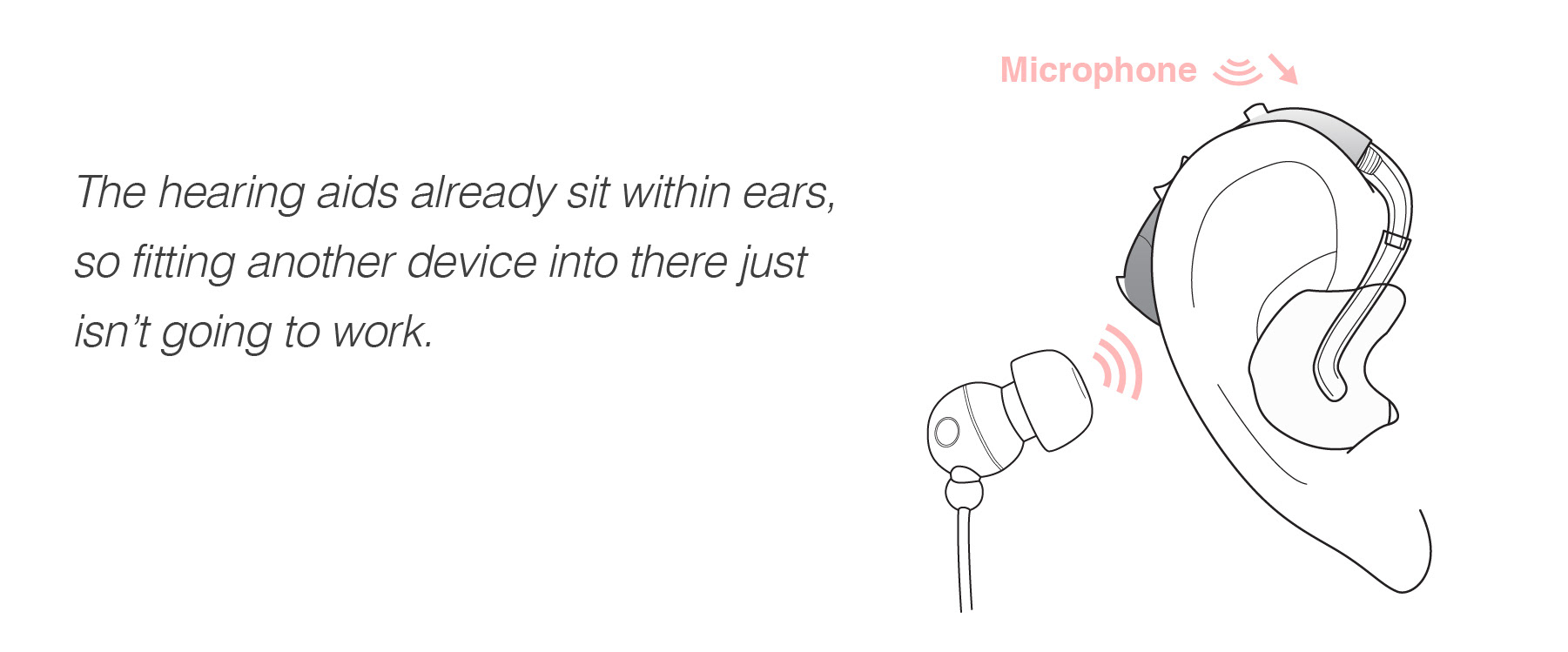
I am a hearing aid user since my hearing impairment was found by the age 2. I love to listen to music and I know I am not alone. Many hearing aid users like to listen to music, just like everyone with normal hearing. However, the problem occurs while the hearing aid users are trying to listen to music with earbuds or earphone.
It’s not likely that any styles of earbuds and earphones are going to work with hearing aids. The reason is quite simple that the hearing aids already sit within ears, so fitting another device into there just isn’t going to work.
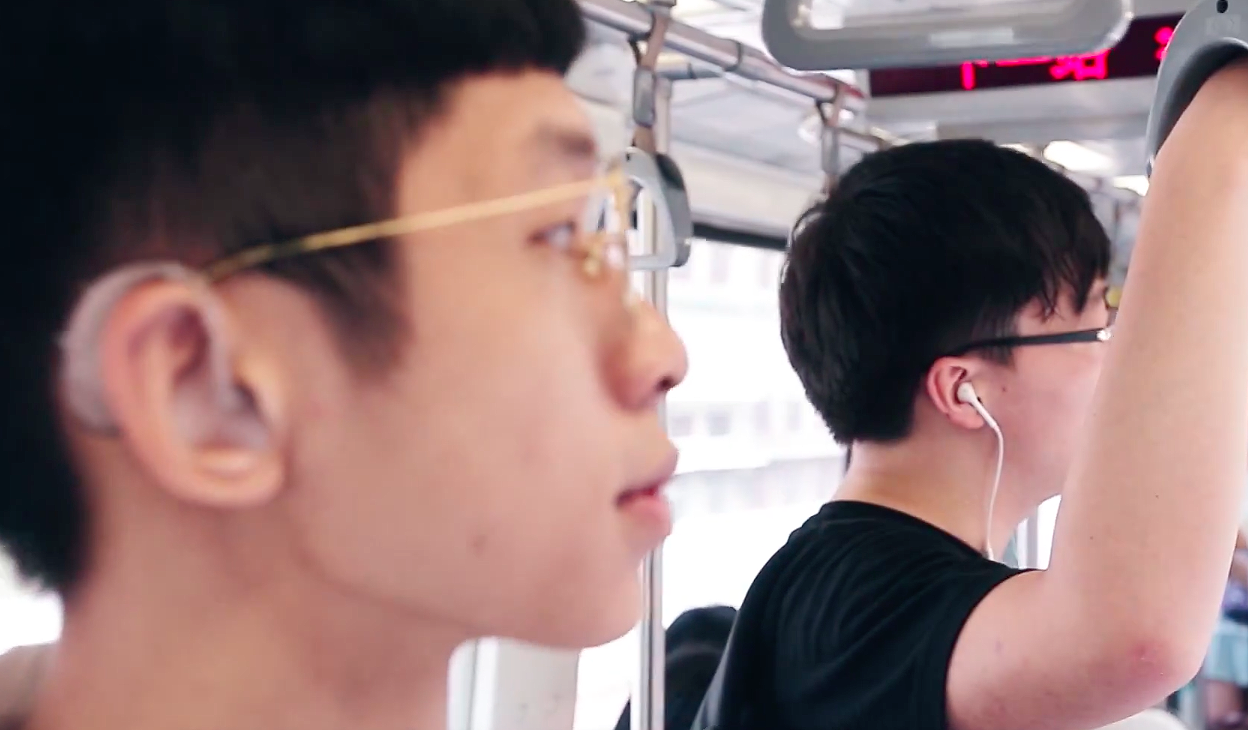
I can not listen to music anytime and anywhere like every hearing normal people. While commuting and cycling, I saw many people wearing earphones, immersing themselves in music, enjoying their own time. By contrast, the only thing I can do is usually zoning out or just phubbing. They’re all not big deals, but still troublesome.
Some interviewees of mine complaint that while they are at their office, they used to wear earbuds very often so that they can get rid of surrounding sounds thoroughly. However, they found it bothering though. Their colleagues come to them frequently. They always have to make their colleagues wait for taking off the earbuds and putting in their hearing aids.
Big Issue: Construction of Disability
The restriction on listening to music with earphones construct a sense of disability. As a hearing aid user, it is obvious to me that design has a significant impact on the construction and elimination of disability.
Everyone of us suffers from some kind of disabililty. In order to address this issue and thus enhance our welfare, it is critital to investigate and identify "why disability is disability".
Medical Model of Disability, which is one of the various defferent reasonings, regards disability as a result of personal physical impairment which needs to be "cure". To the contrary, Social Model of Disability, which is firstly developed by prestigious British scholar Mike Oliver in 1983, argues that medical model is an oversimplified banal notion. Social Model views that disability is primary constructed by social expectation and thus should be addressed with social action. The advocators of this model tend to argue that it is the collective responsibility of society to create a society in which limitations for people with disabilities are minimal.
There has been a long debate between the two models. Current studies of disability accept biomedical assistance but focus more on factors causing environmental and social exclusion.
By investigating and identifying the factors causing disabilities from both perspectives of medical model and social model, design is a key to make good changes. As the construction of an object, system or interaction, design is everywhere. Design can help to enhance people's abilities in order to enable them to overcome their physical impairments. Design can make life more easier for people who are disabled and make them have the same or even better living quality. Design can change people's perception toward disabilities. Design can make assistive products look fashionable. To take glasses as an example, design can even eliminate disability.
How Design Helps?
We want to make listening easier for hearing aid users.
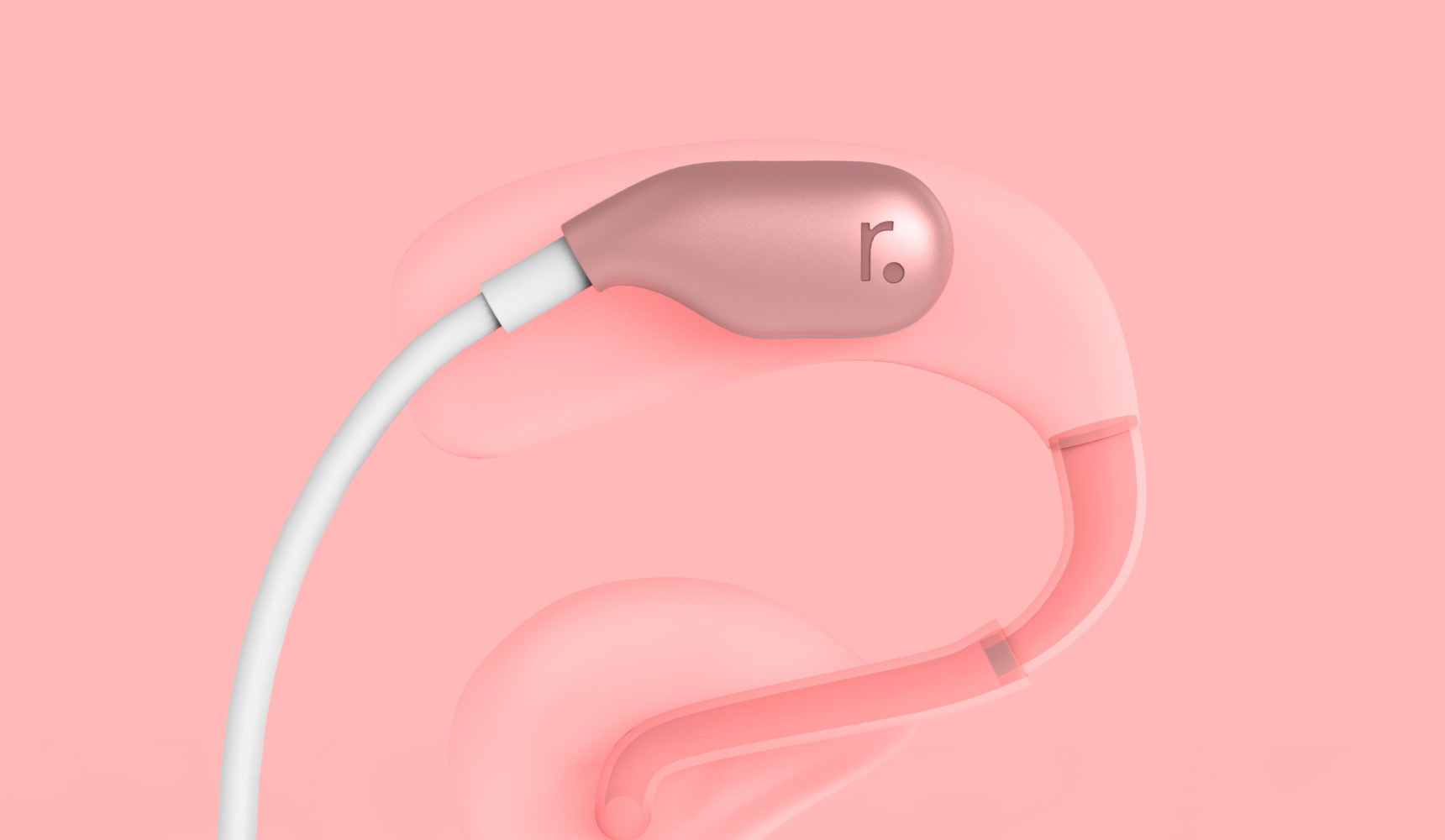
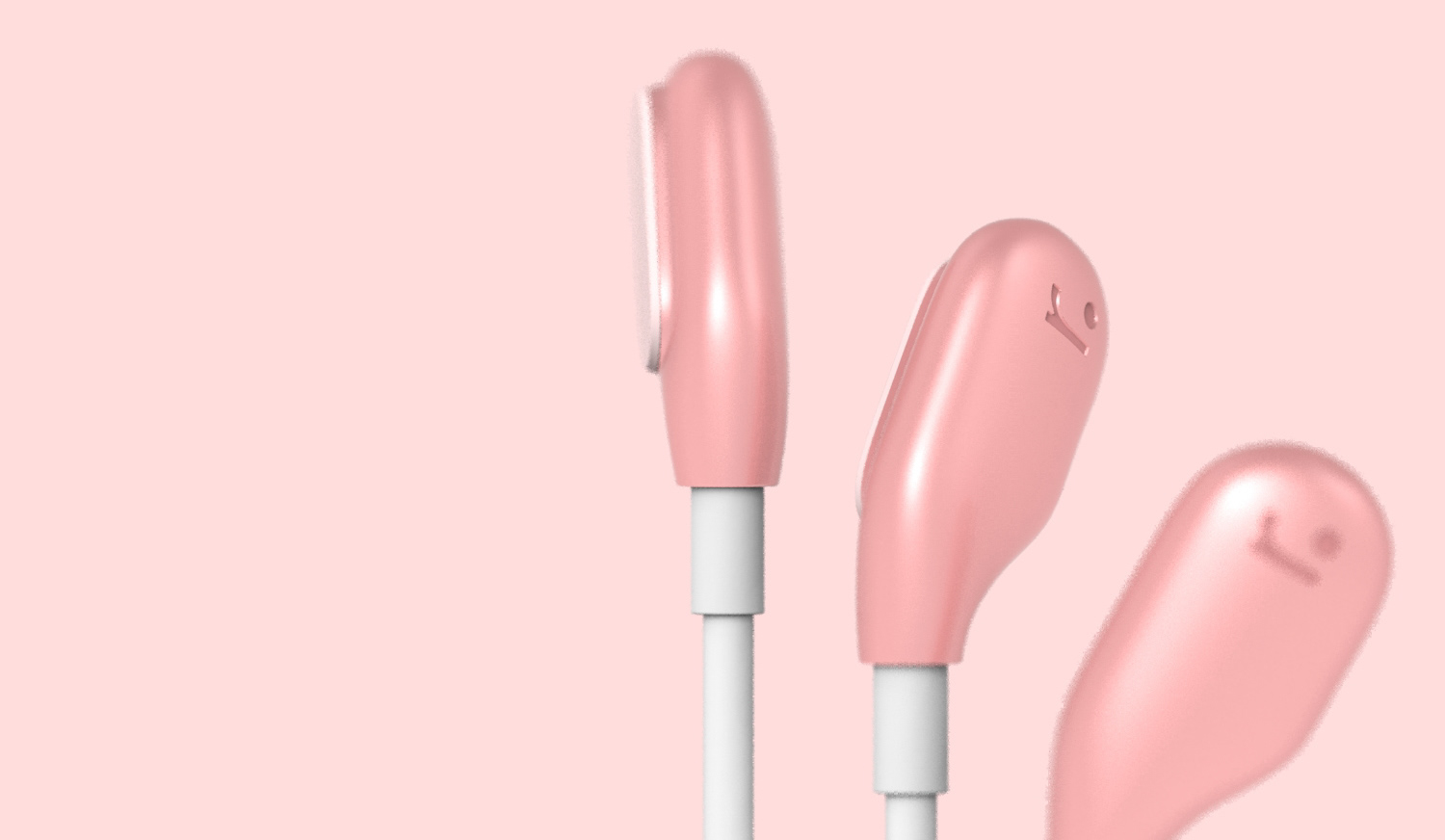
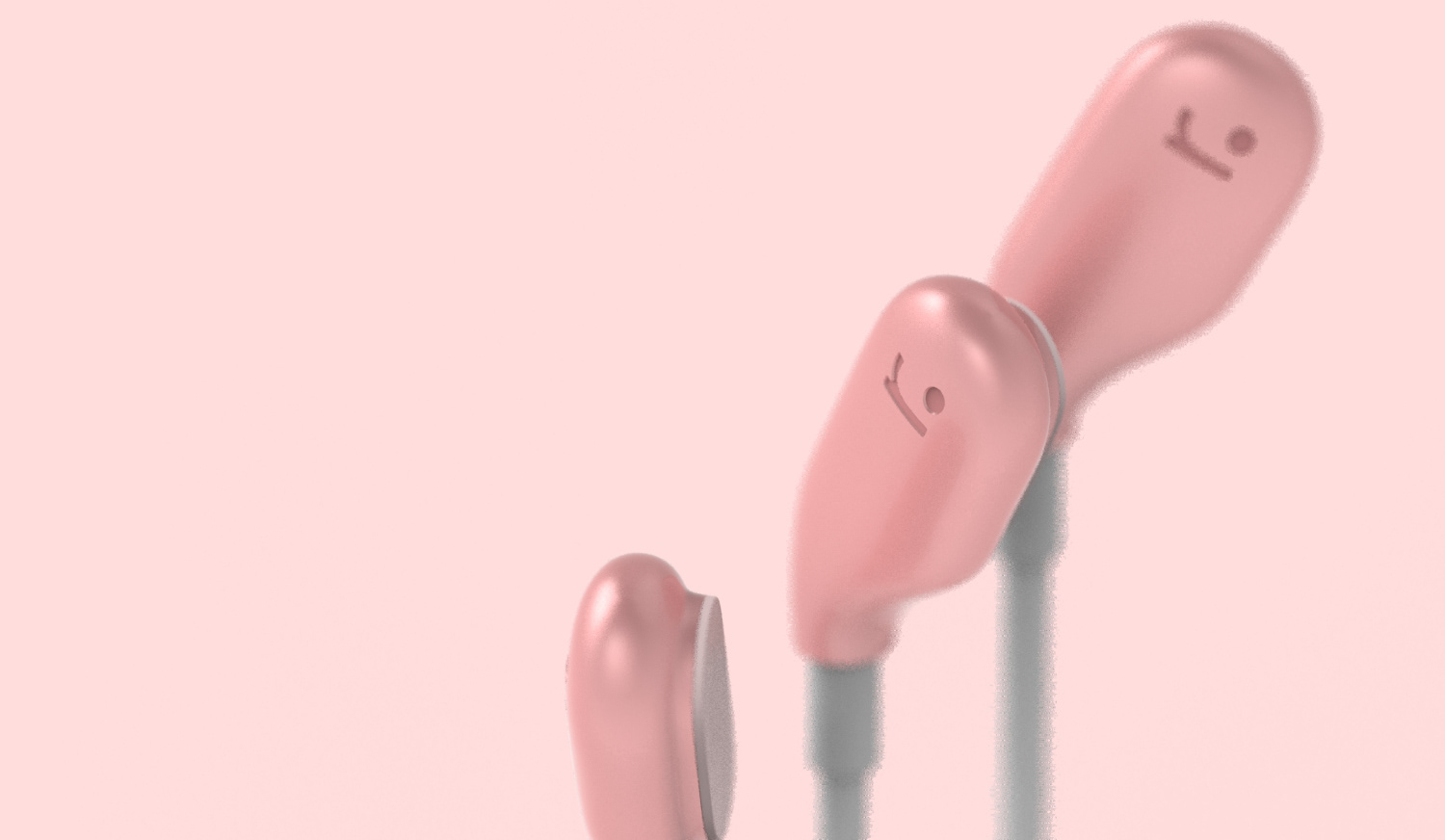
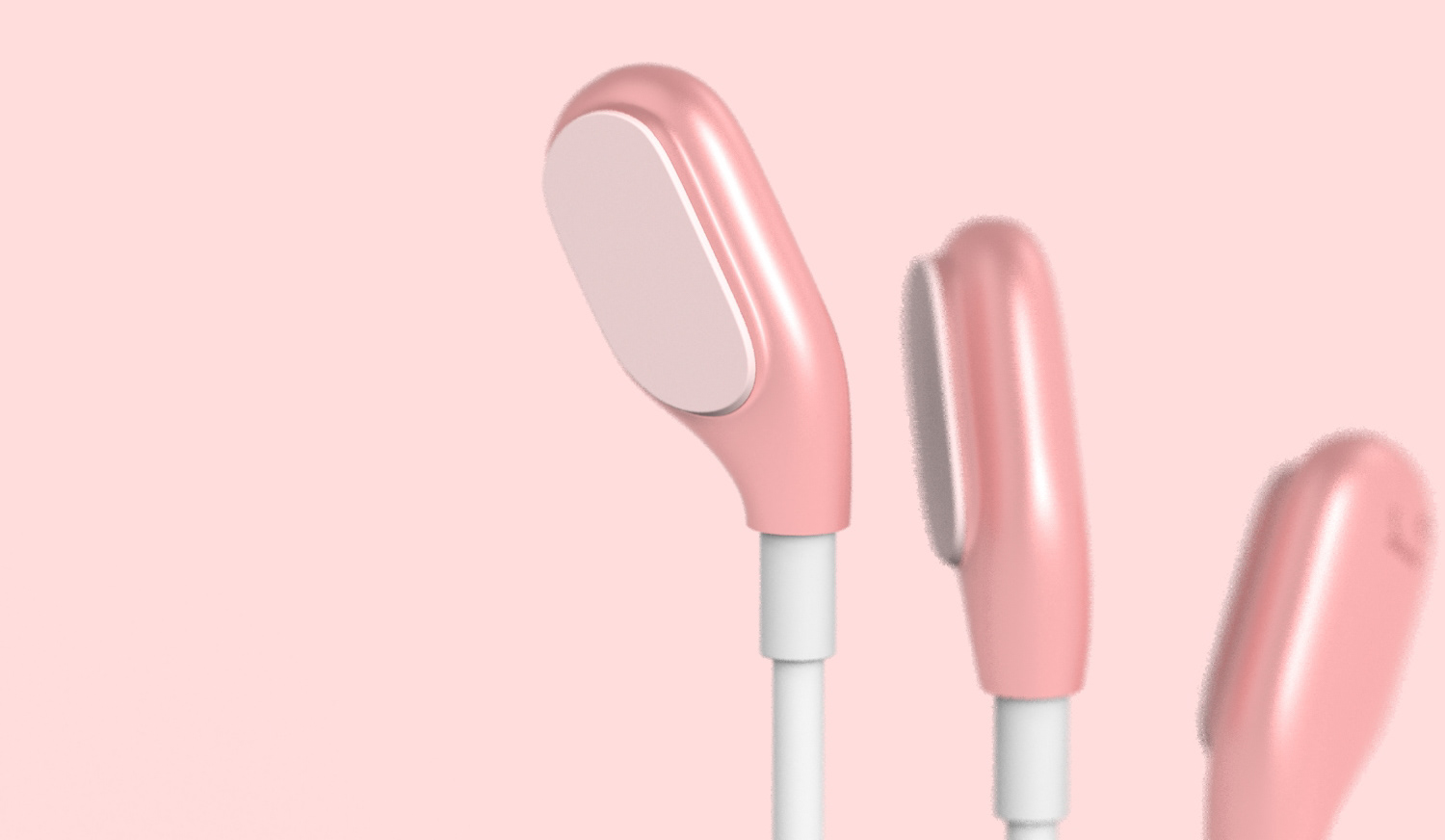
- 1 -
Absolutely Intuitive
It is very easy to use - just paste them to the ear hooks of the hearing aids.
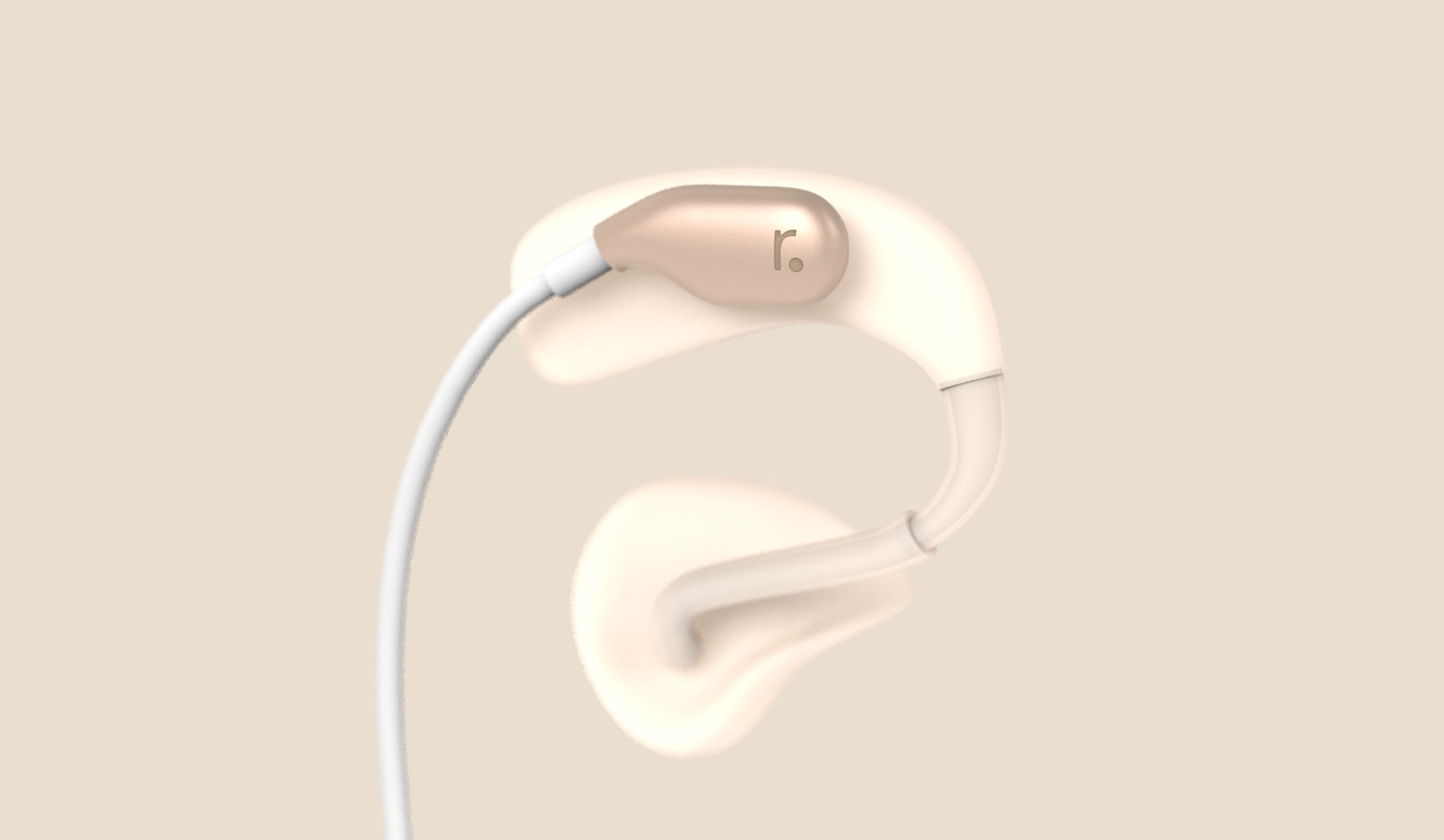
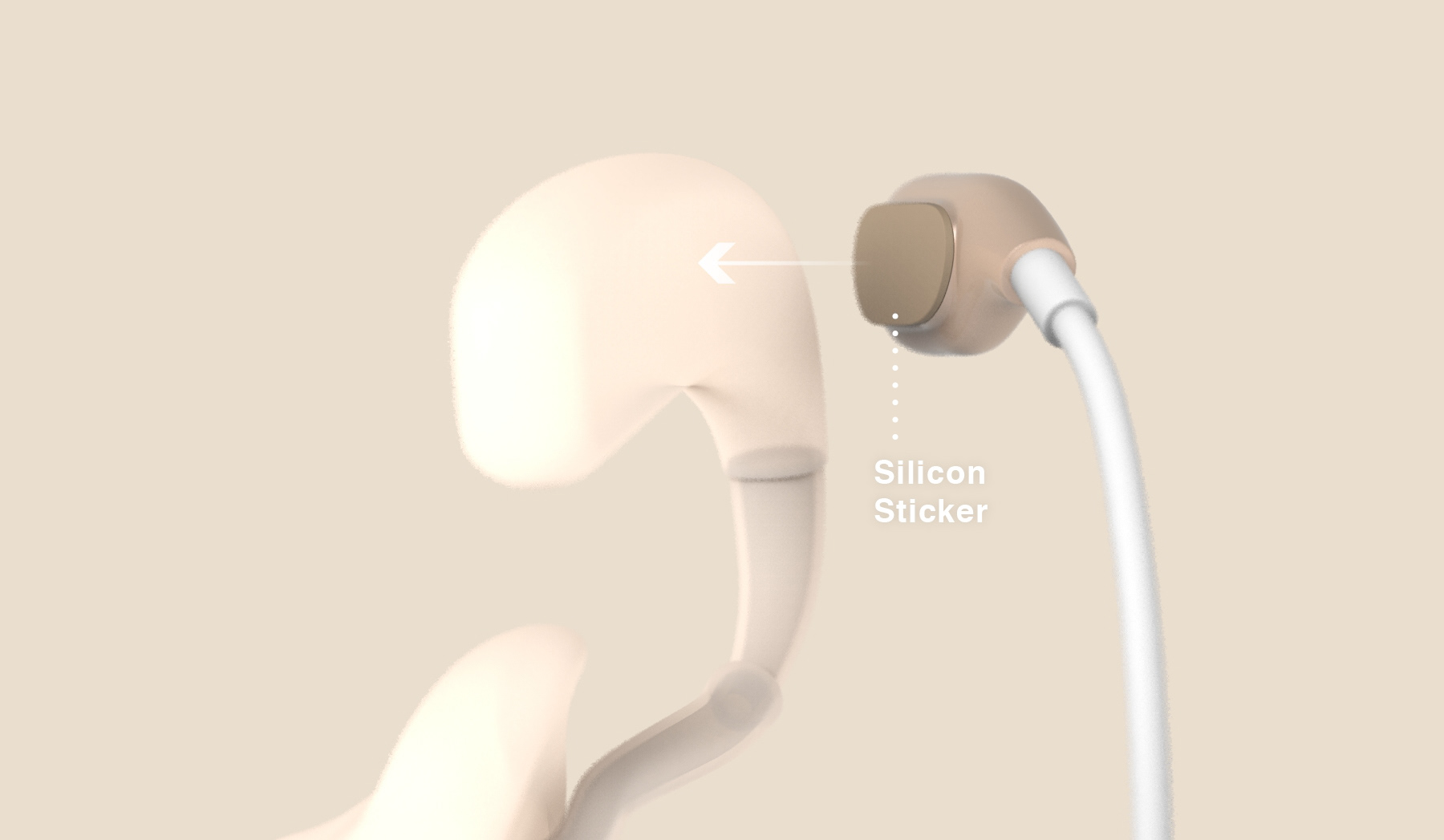
- 2 -
High Compatibility
The design will be simple and affordable. The "telecoil" technology has been mature and widely adopted by hearing aid manufacturers...
Read more » Yentsen Liu
Yentsen Liu
 Supplyframe DesignLab
Supplyframe DesignLab
 Pipa.gso
Pipa.gso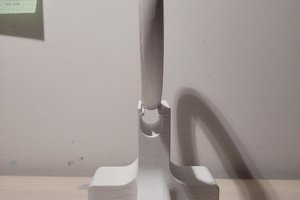
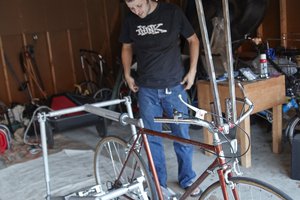
 Joseph Prosnitz
Joseph Prosnitz